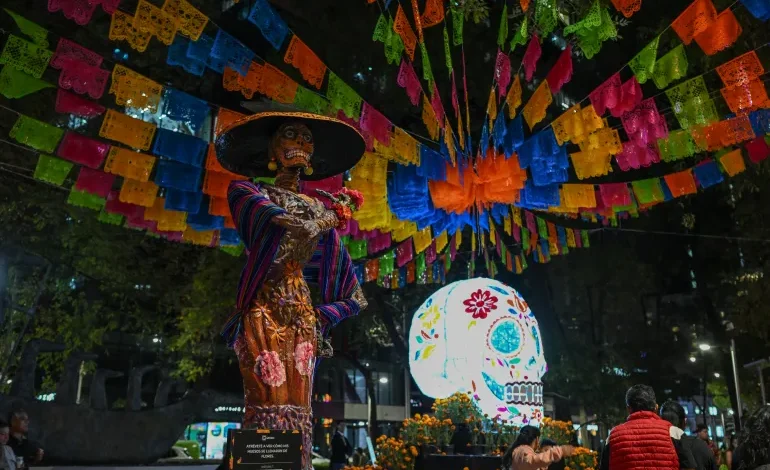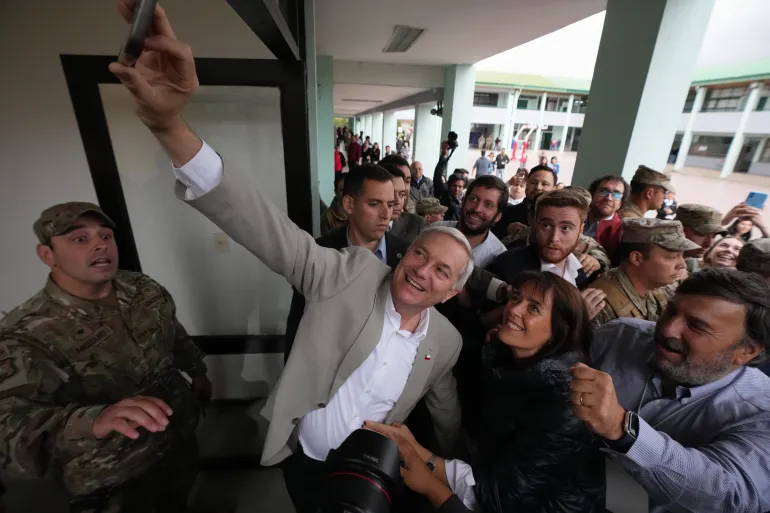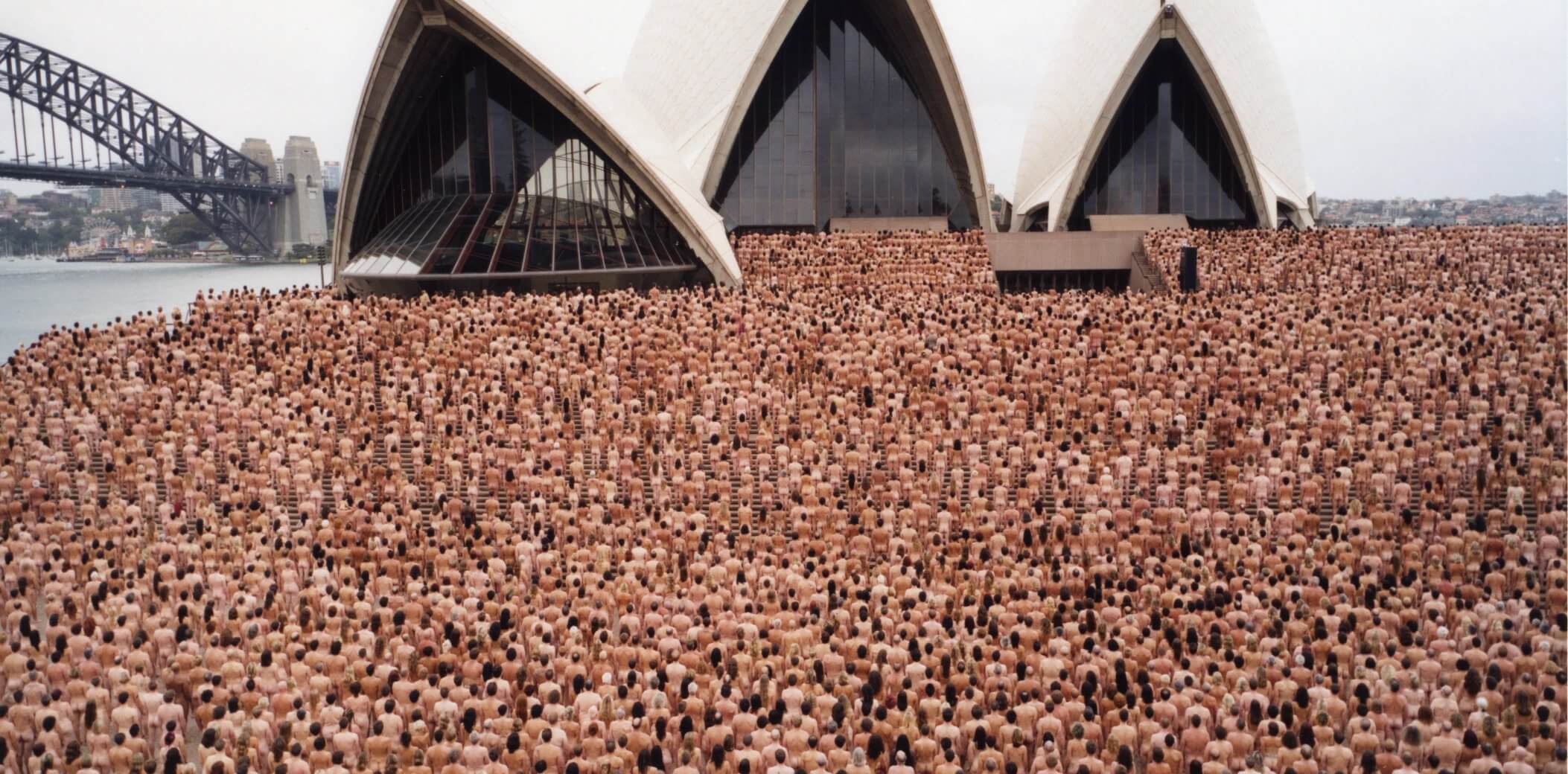Mexico prepares for El Día de los Muertos; celebration of life, not death

Across Mexico this week, streets and homes have been transformed into a riot of colour and memory, lined with marigolds, flickering candles, sugar skulls and elaborate altars. The country is preparing for El Día de los Muertos — the Day of the Dead — its most cherished annual celebration, which begins this weekend.
Honouring life through remembrance
Far from a sombre occasion, the Day of the Dead is a joyful commemoration of loved ones who have passed away, a time when, according to tradition, the living and the dead reunite. Families gather in homes and cemeteries to share food, music, and memories, believing that the scent of marigolds and the glow of candles guide returning spirits to visit once more.
Ancient roots, colonial fusion
The festival’s origins trace back to the Aztecs, who saw death as a continuation of life and honoured their ancestors through monthlong rituals devoted to Mictecacihuatl, goddess of the underworld. When Spanish colonisers arrived in the 16th century, Catholic observances for All Saints’ Day (November 1) and All Souls’ Day (November 2) merged with Indigenous traditions.
Altars of memory
Families build ofrendas, altars layered with offerings to the deceased. These may have two tiers for heaven and earth, three for purgatory, or seven to symbolise the steps to reach heaven.
Each altar features the four elements:
- Water to quench spirits’ thirst
- Fire in candles to guide them home
- Earth through food and gifts
- Air represented by delicate paper cut-outs
Photos of loved ones, sugar skulls (calaveras), marigolds, salt, and “pan de muerto,” a sugar-dusted bread shaped with bone motifs, complete the scene. Humorous calavera poems often accompany the displays, poking fun at the quirks of the departed.
La Catrina: the festival’s iconic muse
No image defines the Day of the Dead more than La Catrina, the elegantly dressed skeleton created by artist José Guadalupe Posada in the early 1900s. With her feathered hat and knowing smile, La Catrina was originally a satire of Mexico’s elite who aspired to European airs. As Posada famously said, “We are all skeletons.”
Diego Rivera later immortalised her in his 1947 mural, giving her the name Catrina, meaning “the rich woman.” Today, towering Catrina figures parade through Mexico City during the International Festival of Lights.
Beyond Mexico
Though rooted in Mexican culture, Día de los Muertos is celebrated across Latin America, in Spain, the Philippines, and US cities with large Mexican communities. November 1 honours angelitos, children who have died, while November 2 is devoted to adults. In some regions, the festivities begin as early as October 27, when people remember their deceased pets.









The latest news in your social feeds
Subscribe to our social media platforms to stay tuned